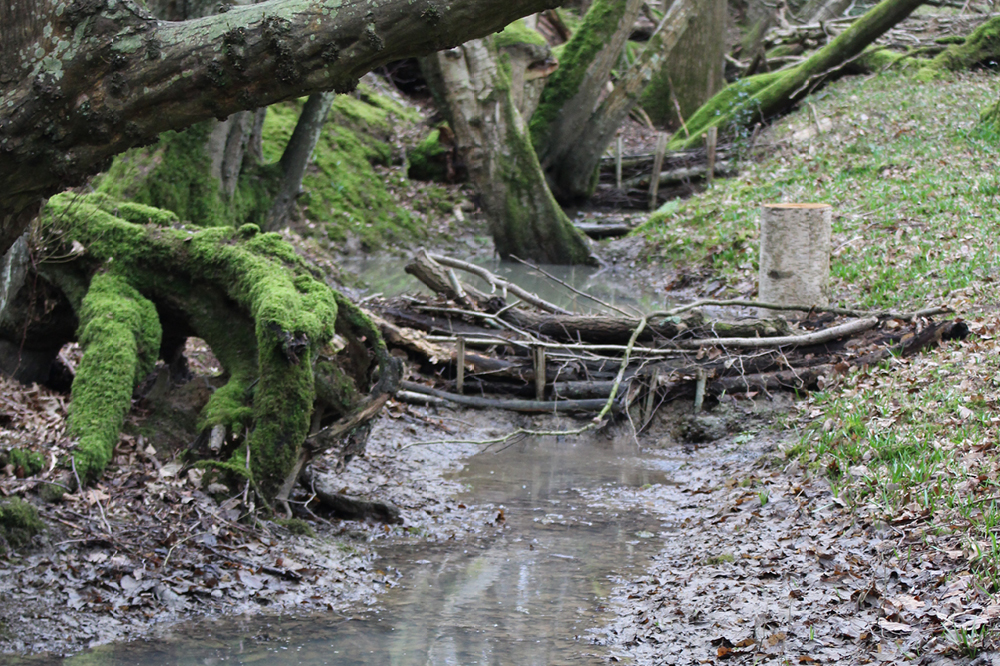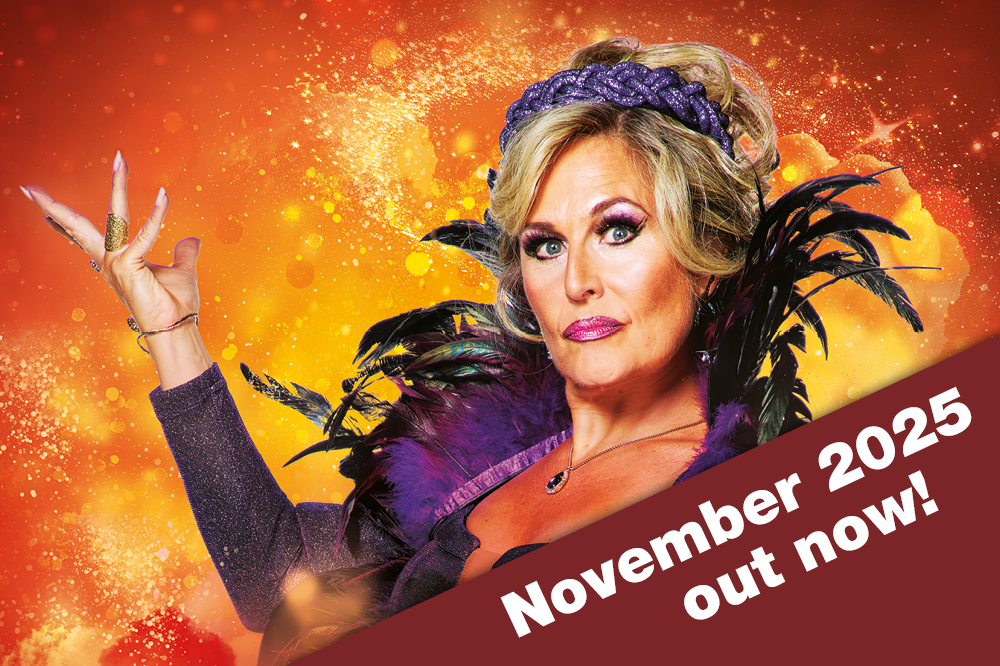Edition: Summer 2022
Wilder Horsham District is a five-year partnership between the Council and Sussex Wildlife Trust, working to deliver a Nature Recovery Network for our District.

Here's what Piers has to say.


Constructing leaky dams (pictured) : leaky dams are a form of natural water management. By putting them across flow paths in the wood we will slow the passage of water through the wood. This will conserve water in the woodland by creating a series of smaller pools and pushing water out into the wider wood.
Creating a pond : ponds are great habitats for many varieties of organisms including plants, amphibians, fish, reptiles, waterfowl, insects and even some mammals. ‘Haloing’ of oak trees : this entails cutting away other trees around well-established oaks to give them space. Despite their size and seniority in the woodland, oaks are sensitive to crowding and over-shadowing by faster growing species. Removing these competing trees gives the oaks room to spread and have larger lower limbs with more space for wildlife. Management of ash trees which had ash dieback disease : ash dieback is devastating ash populations, but that doesn’t mean all trees should be cut down. There is evidence that some a sh are resistant and can recover and cutting down all infected trees would remove these trees as well. Creation of two glades : glades are essentially more open areas of woodland which will attract more sunlight and allow ground flora to flourish and fallen trees to rot down, providing more habitats for a broader range of species.

How you can help nature
- Be bee-friendly:
plant pollinator friendly plants that will attract bees and other insects. Give nature a home: put up a bird box or a bat box, or build your own hedgehog house. Just add water: your own pond, no matter how small, will instantly attract more wildlife. Don't be too tidy: leave some of your lawn unmown and a few piles of rubble and wood around which is really good to attract wildlife. Remember nature loves a mess!

Read the latest edition
You may also like

Peace of mind, at the press of a button
Our Community Link service helps residents stay safe, independent, and connected.

Join a Wellbeing Walk
Sometimes the simplest things, like going for a walk, can have the biggest impact.

Summer of connection
From music-filled weekends to inclusive family fun, our teams have helped deliver a season of unforgettable events.
